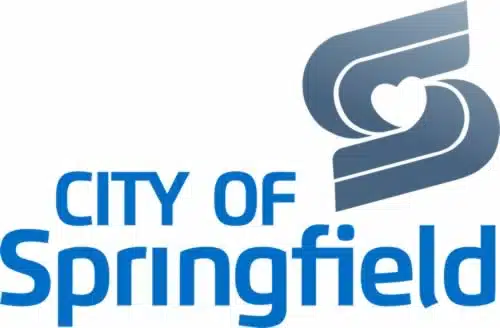WE SOLVE ODOR!
Control H2S - Increase Biogas Production
Reduce Sludge Yield/Increase Capacity/Control Foam


Springfield Missouri Municipal WWTP operates a three-stage anaerobic digester system that receives 250,000 gallons of sludge from their 45 MGD WWTP and 20,000-36,000 gallons of food waste per day. Biogas generated by digesters is used to generate electricity for the WWTP and heat for the digesters.
The Challenge/Problem
Recent challenges faced by plant operators include:
SciCorp Plan & Implementation
SciCorp anaerobic digestion specialist Engineers met with Springfield plant management staff and reviewed plant performance data and operation challenges faced by operators.
SciCorp Engineers recommended a 3-month trial to treat the entire anaerobic digester system. They recommended a daily dos of 40 gal/day of BIOLOGICTM SR2 to be added to the acidification hydrolysis anaerobic reactor that would feed 4 primary digesters which then feed into one polishing digester.
The plant management agreed to a shared financial risk approach to demonstrate and verify the benefits of using BIOLOGICTM SR2.
Success
Within the time frame of the trial:
H2S content in biogas was reduced by 55%
Ammonia levels dropped by 12%
Foam layers were reduced to less than 12 inches from 12ft
VS destruction efficiency increased by more than 10%
Biogas production per kg VS feed to digesters increased by 30%+
H2S in digested cake decreased significantly
Need for supplementary gas was eliminated
Need for ferric chloride potentially eliminated
Other benefits realized:
potential for increasing organic load to digesters
Odor issues decreased significantly from digester system, sludge processing and general plant operations
Sludge yield (kg/TS / kg BOD + TSS influent from WWTP) decreased by 25-30% due to recirculation of centrate containing BIOLOGICTM SR2 to headworks of plant thereby reducing sludge generation from aerobic plant
Sludge mass requiring processing disposal decreased by 25%
Use of BIOLOGICTM SR2 demonstrated net positive cost benefit for plant operations
Problems Avoided
55%
Reduction in H2S
95%
Reduction in odor complaints
92%
Reduction of foam
30%
Increase in biogas
production kg VS
30%
Reduction in
sludge generation
